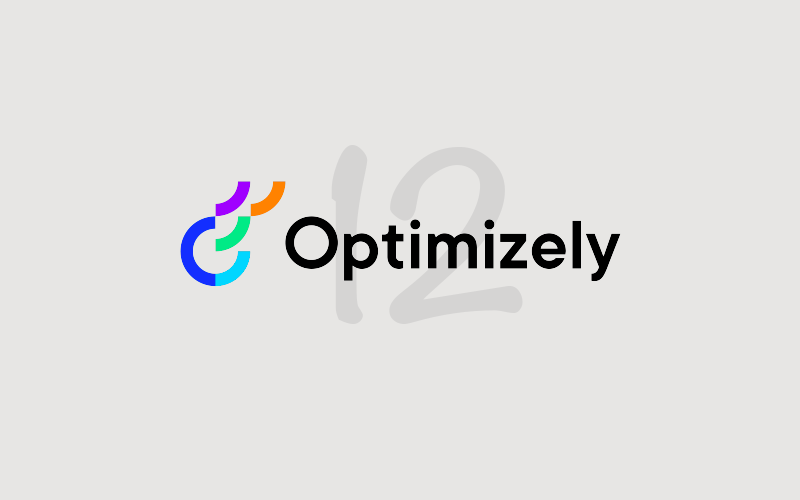4 Areas to Consider To Ensure Website Scalability
Chris Osterhout SVP of Strategy#CMS, #Digital Strategy

If you're not planning for website scalability, you are planning to fail. We look at 4 areas you should consider to ensure your website can meed changing needs.
Unfortunately, in our experience, the topic of website scalability is often limited to being discussed within the context of a hosting agreement. At WSOL, we believe the topic should be discussed in the earlier stages of a website project or during the platform selection process. However, at this point, everyone is usually focused on the features and functionality for the website itself rather than how it needs to perform.
Since a website’s ability to perform under different amounts of traffic is a major part of its success, we believe that scalability needs to be addressed as early as possible in the process. When planning for scalability, we recommend that the following areas be discussed:
Hosting Environment
When considering how a website can scale up or down to meet the demands of its visitors, it’s important to ensure you have the appropriate configuration to handle this level of scaling. If you are considering a cloud-based solution, there is a definite opportunity to scale an environment up or down based on need. However, if you aren’t looking at a cloud based environment, here are some areas you should consider:
- Virtual vs. Dedicated - Virtual servers can usually have their resources scaled up or down at a push of a button, so if you need more resources, they can be added on the fly. If you have dedicated servers, it is important to ensure you have the extra capacity to handle any traffic surges.
- Security - How well does your website environment respond to security threats such as denial of service attacks? If your website is a mission critical application, you will need to ensure you have the measures in place to mitigate such attacks.
- Network Scalability - What is the process to scale up your networking needs? For instance, if your hosting plan caps you at one TB of data per month, what happens when you go over that cap? Does the website simply shut down, or will it continue to operate with overage charges applied?
CMS Licensing
CMS platforms are often licensed based on the number of servers you are utilizing. This means that it is important to ensure that if you are in the cloud or rolling out additional virtual servers, your CMS licensing can accommodate this level of scaling (e.g. adding more server instances). Many platforms offer this level of scaling, so it is important to ensure you are on a platform that allows it should your business require it.
Code and CSS Modularity
When it comes to scalability and website code, the topic of caching often arises. While having a strong cache strategy is important to any successful website implementation, it is also extremely important to make sure the website code is modular enough that it can adapt to changing business needs without needing to be recreated. This comes into play when you think about API code, data layers, CSS modularity, and more. If you aren’t planning on your website continually evolving, you aren’t planning for the economies of scale.
Integrations
One of the places most people ignore when they think of scalability is integration. Its critical to remember that if your website depends on third party APIs, web services, databases, etc. to function correctly, you need to develop contingencies in case those dependencies fail or become slow. If your website begins to get a lot of traffic, and the third party integrations can’t keep up with your website’s continual requests, and you don’t have any contingency in place to deal with it, then the website isn’t scalable.
Website scalability needs to be considered early and often. The performance of a website depends on every piece of functionality, content, code, and hosting configuration. If you only plan for one of these dependencies, you are planning to fail. If you want to learn more about how Diagram can help you create a website that is built for the future, please contact us. We look forward to helping you build a successful digital strategy!
Image credit: Created using vector designed by Freepik
Related Posts
The Difference Between a CMS Migration and Website Redesign
Learn about the three areas website owners need to consider when planning a migration to Episerver: website design, CMS technology, and content.

Navigating an Optimizely CMS 12 Upgrade
Learn why an Optimizely CMS 12 upgrade needs detailed planning, efficient resource allocation, and an understanding of your organization's capabilities.
Results Matter.
We design creative digital solutions that grow your business, strengthen your brand and engage your audience. Our team blends creativity with insights, analytics and technology to deliver beauty, function, accessibility and most of all, ROI. Do you have a project you want to discuss?
Like what you read?
Subscribe to our blog "Diagram Views" for the latest trends in web design, inbound marketing and mobile strategy.
